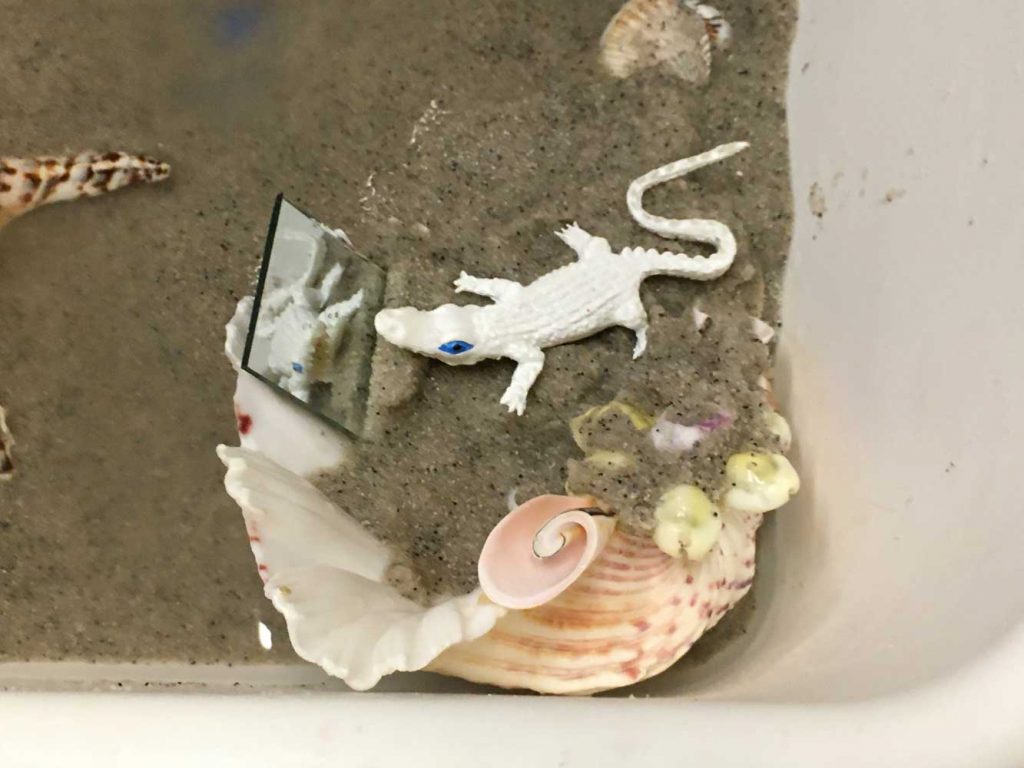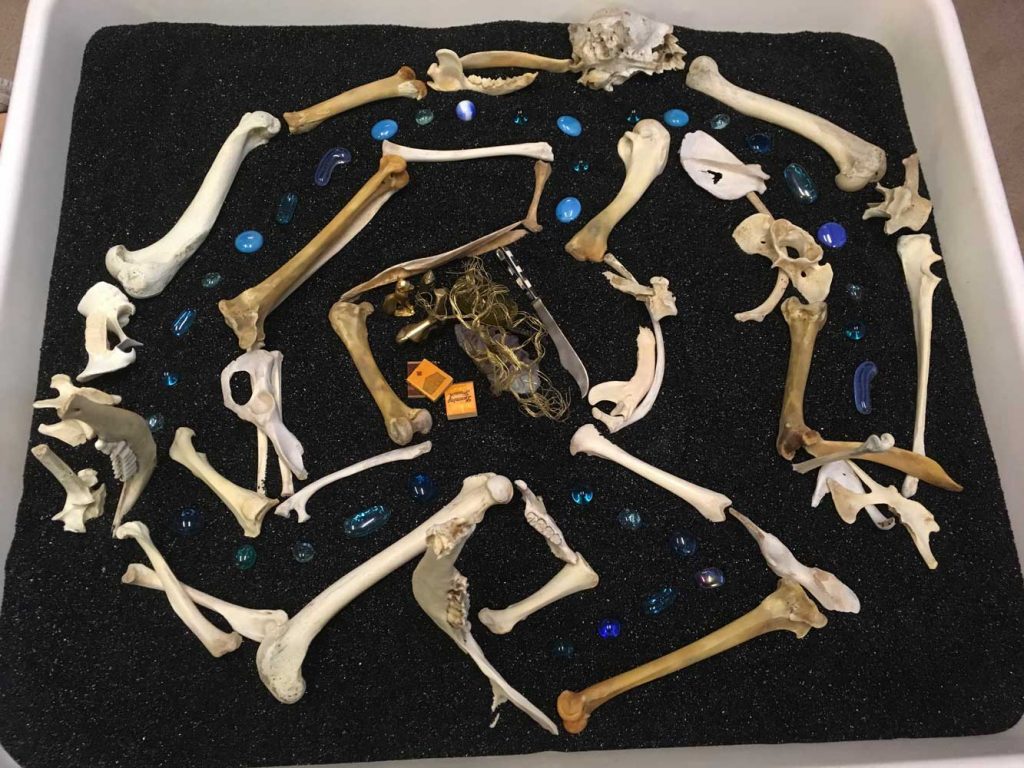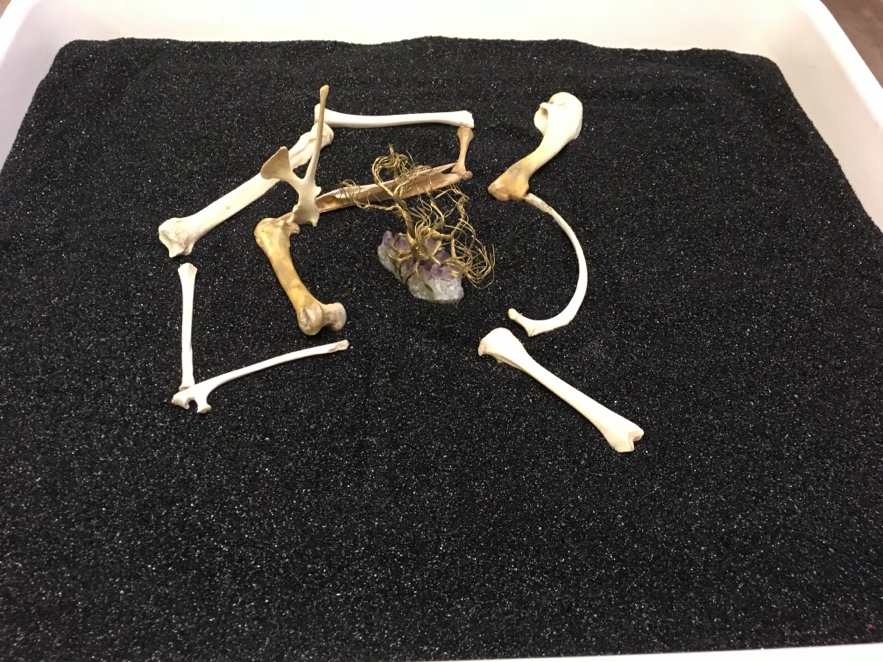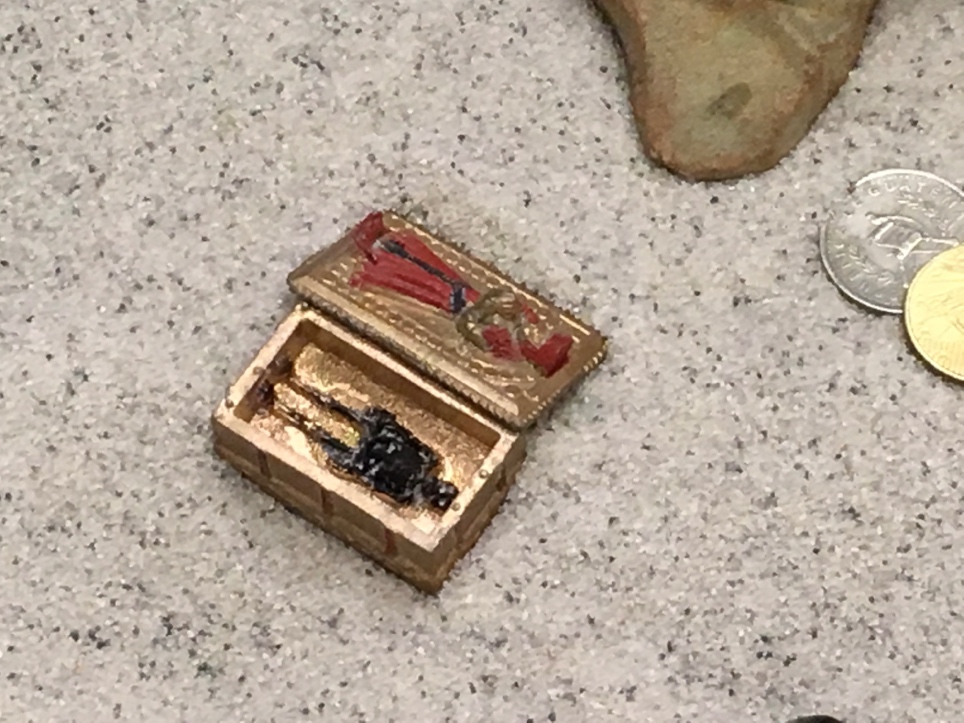For Parents & Caregivers
Given my long experience aiding children and families, I offer my views to help you in finding a good therapeutic fit for yourselves and your children. These ideas have been honed by more than 45 years of experience working with children and families. If you are seeking more detailed information about Sandtray and Play Therapy, I invite you to read through my articles and explore the photos and vignettes on this website. In my career I have aided youth 2-18 years of age with many presenting problems. Although I no longer see children in treatment, I worked extensively with young child trauma victims; those with chronic or life-threatening medical conditions; those suffering grief and loss, and children caught in conflicted custody disputes.
My approach is not the way, just my way, based on study and experience. I hope that sharing these ideas will provide you with a starting point to consider the type of person/situation that best suits your family. The photos included here are just some of the kinds of play that children can create with their therapists. In my playroom, the child chose the activity at least 95% of the time.
- Prior to any commitment, I offered parents and children a brief (15 minute) “meet and greet” as a way for them to consider if I and my space felt right to them. It is important for the caregivers to feel comfortable with the therapist as you will be working as a team to help your child.
- Once paperwork was completed by mail, I always met with parents first. The focus was to learn the family history and discuss any topics that may not be appropriate in the child’s presence. If parents were in a custody dispute, I requested that they come together, but complete separate paperwork.
- The regular play therapy sessions were scheduled for the child alone the vast majority of the time. Therapy became their “special play time.” Infrequently an incident would occur where I determined that the best action was to have the parent and child in together. This arrangement was explained to both at the outset of therapy.
- I would complete a play assessment in 4-6 weeks, and then have a parent session to discuss and plan further treatment. These parent meetings would occur occasionally during treatment at my or the parent’s request.
- I requested that parents routinely leave me a voicemail of weekly events and parental impressions to be received the evening prior to the child’s appointment. This way I would start the session with the child and may decide to speak with the parent or child and parent together, after the play session as warranted.
- I chose not to speak alone with a parent immediately after a play session. Most children assumed that we were talking about their work and this could have decreased their feelings of privacy/safety.







